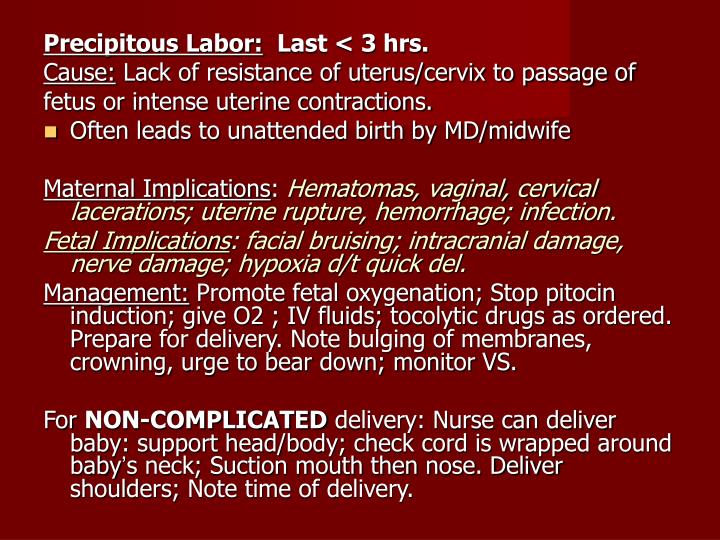
10 Just as in these rural hospitals, the low birth volume common for most EDs creates challenges for the healthcare team because there are fewer opportunities to develop skills in clinical situations. 9 Even providers who typically attend births but at hospitals with low birth volume (rural hospitals) demonstrate discomfort with complex obstetric resuscitation skills. Infants born at hospitals with lower-level neonatal intensive care units have poorer outcomes than those born at higher-volume facilities. The same is true for obstetrics and neonatology.

Specialty hospitals (i.e., stroke centers) often deliver more efficient care. Also, it will briefly address feared complications, such as shoulder dystocia, breech delivery, cardiac arrest, and extreme prematurity. 8 This article will provide a review of vaginal delivery and neonatal resuscitation in the ED. 7,8Ī lack of familiarity with normal deliveries, along with the understanding that serious and rarely fatal complications may occur, can create feelings of anxiety for emergency physicians when caring for women in active labor. They are more likely to deliver preterm or high-risk neonates. Women who are in precipitous labor and present to the ED often have received little or no prenatal care. Once delivery occurs, the emergency physician is responsible for the resuscitation of two patients, further complicating matters. 1 ED births also can follow significant trauma or maternal cardiac arrest via perimortem cesarean delivery. 6 These births are triggered commonly by pregnancy complications, such as chorioamnionitis, hypertension, or illicit drug use. 5 By definition, births in the ED are precipitous. In 2015, the Centers for Disease Control and Prevention reported that approximately 3% of deliveries in the United States were precipitous in nature. Precipitous delivery results from rapid labor lasting less than three hours. Thankfully, precipitous delivery is a rare event that typically proceeds without significant complications. However, some women will be beyond the point of transfer and will deliver precipitously in the ED.

1,2 Most of these patients will be stable enough to be evaluated briefly by the emergency physician and then transferred to a labor and delivery unit, either within the same hospital or elsewhere. They may not have received prenatal care, may be new to the area and/or uninformed about which hospitals provide maternity services, may be in denial about or concealing a pregnancy, or may not have had time to go to another hospital because of precipitous labor. Women in labor may present to the ED for various reasons. Although ED deliveries are not common, and complications are even more rare, emergency providers should be able to deliver timely, competent resuscitation for both mother and baby if needed. However, managing unexpected births in a busy ED can be stressful at best, and at worst, can result in a devastating outcome. In fact, women have been delivering babies for millennia without exquisite birthing suites or the assistance of modern medicine. Few situations unsettle an emergency physician and emergency department (ED) like an unexpected birth in the ED.


 0 kommentar(er)
0 kommentar(er)
